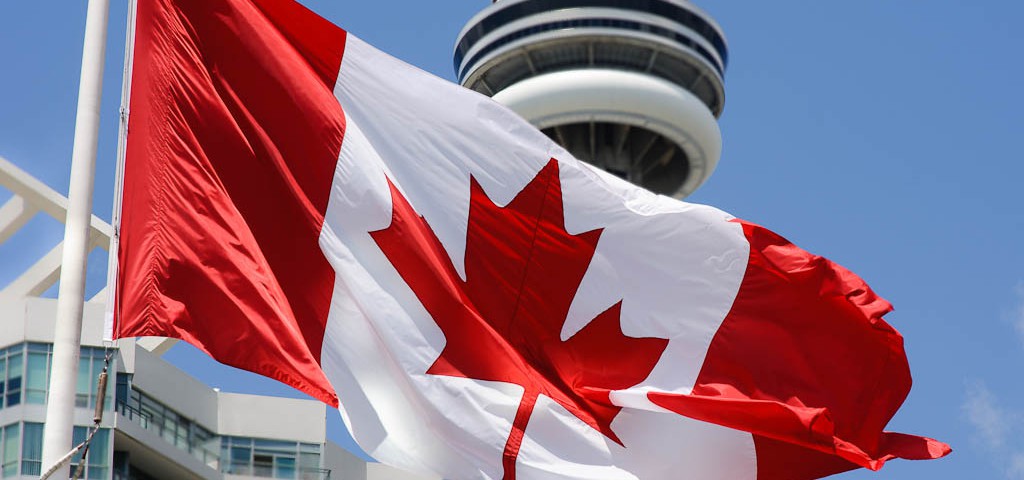Canada’s implementation of occupation-specific draws in its Express Entry immigration system is expected to result in lower minimum Comprehensive Ranking System (CRS) scores. The announcement by Immigration, Refugees and Citizenship Canada on May 31 stated that these draws, focused on five key fields, would commence in the summer of 2023. These fields, namely healthcare, STEM, trades, transport, and agriculture, have been identified as areas with severe labor shortages in Canada.
According to Immigration Minister Sean Fraser, this initiative aims to enable Canada’s flagship programs to quickly address the labor market’s needs. Although certain details about the draws are yet to be revealed, such as whether they will target entire fields or specific occupations in each draw, it can be assumed that the minimum CRS scores will be significantly lower than those required in recent all-program draws.
Since the beginning of 2023, Canada has conducted eight all-program draws, with minimum CRS scores ranging from 481 to 507 and averaging at 489. Although the scores have been declining, it is unlikely that they will reach the lower 400s observed before the pandemic’s impact on Express Entry.
The introduction of occupation-specific draws is expected to change this trend. When the Immigration, Refugees and Citizenship Canada (IRCC) starts targeting National Occupational Classification (NOC) codes, candidates with work experience in those occupations will likely receive invitations to the relevant draw. For instance, an experienced truck driver with a score of 250 could remain in the Express Entry pool indefinitely without receiving an invitation in a system that only conducts all-program draws.
From Canada’s perspective, this approach ensures the selection of high-scoring candidates while addressing specific labor shortages, such as the shortage of truck drivers. In a draw focused on truck drivers, all candidates in the pool with truck driving experience become eligible. Although not all of them will receive invitations, they all have a chance, unlike in all-program draws where most truck drivers have no opportunity.
The same applies to candidates with experience in any of the other 82 occupations listed on May 31. Prospective immigrants can strategically consider their applications by examining this occupation list and deciding to gain six months of work experience in one of the relevant NOC codes. However, it’s worth noting that while the list and codes provided are specific to 2023, solving labor shortage issues is a lengthier process. Thus, it is expected that the list of occupations for 2024 will not deviate significantly from that of 2023.
Several uncertainties remain regarding Canada’s adoption of occupation-specific draws in the Express Entry system, including the frequency of the draws and the targeted NOC codes. As the year progresses, IRCC’s intentions regarding the frequency and focus of occupation targeting will become clearer. However, it can be confidently stated that draws concentrating on specific occupations will have lower CRS scores compared to all-program draws.
If candidates possess the required six months of experience in one of the 82 listed occupations, they are now more likely to receive an invitation through Express Entry. Further clarity on these matters will emerge over the next six months.


